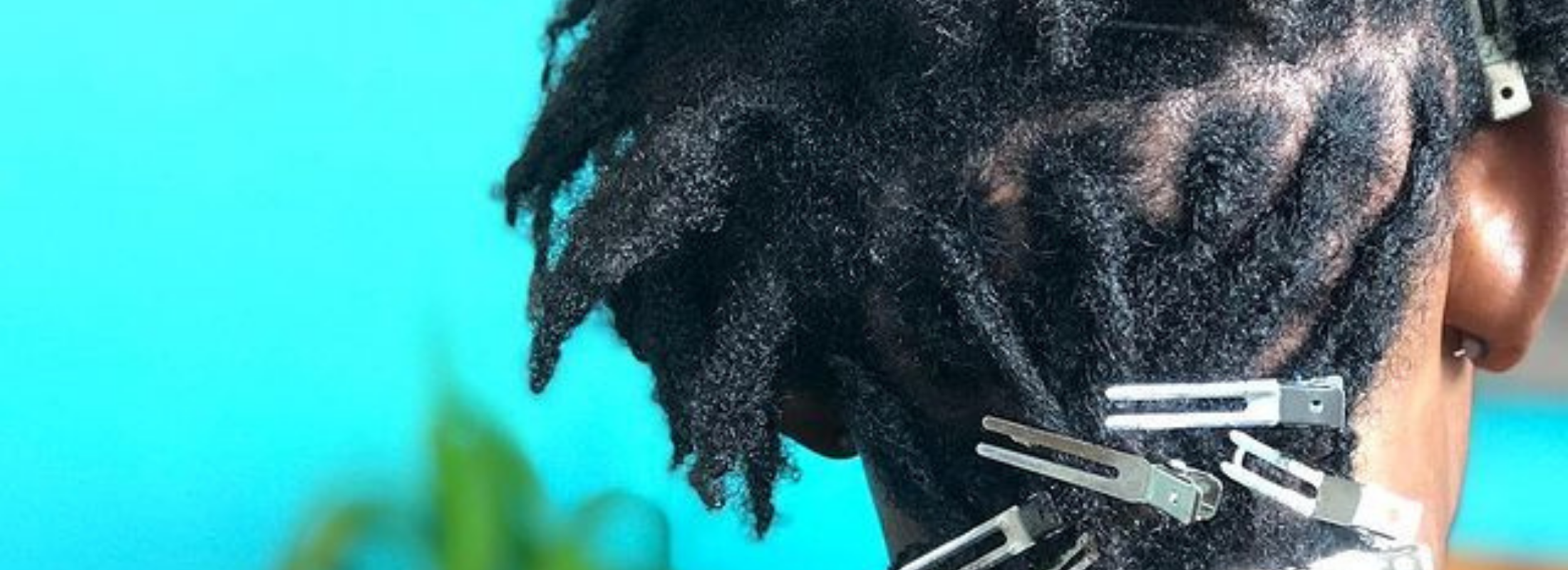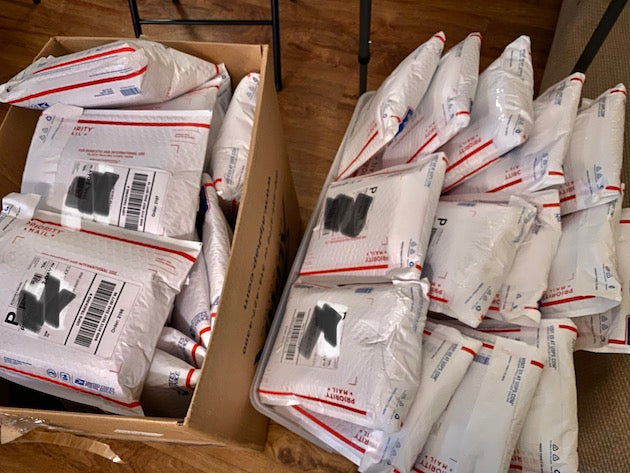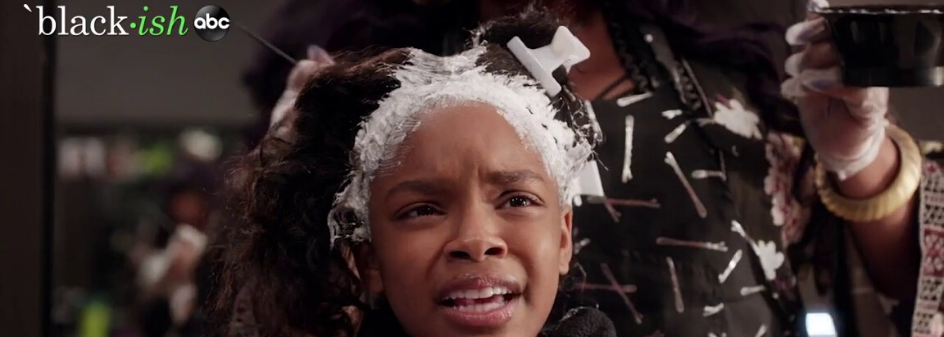Budding locs are one of the most exciting moments during the early stages of locs.
If you have budding locs, or are wondering how to tell if your locs are budding, we’re here for you! We absolutely love this phase. As you already know, the early phases require a lot of care and patience. At this point you won’t want to manipulate your hair too much, you’re just beginning to learn how to let your hair do his or her thing, without much interference and personal direction. For many of us this can be really challenging, but it’s a beautiful learning experience and the lessons you learn from this journey will spill over into many areas of your life beyond your locs. We’re so excited for you!
The Budding Phase
The budding phase is the phase that comes right after the initial consultation and implementation of your locs, through whichever method you’ve chosen to start your locs. As you can imagine, the budding phase is called the budding phase, because yes, you will notice small ‘buds’ forming within each section of your soon-to-be locs. In all likelihood, the new growth will look frizzy or puffy, but don’t panic, because it’s a great sign. It means you’re well on your way to having the locs of your dreams.
Features of the Budding phase
Many men and women will run off to their loctician as soon as they see the frizz or puff, but know that this is completely normal. And, that you might be wasting your money because whatever magic your loctician works on your budding locs, they will quickly return to its frizzy or poofy state.
Budding Maintenance
Retwisting too often can weaken your locs and cause them to look lumpy or uneven when they do develop, so we really want to encourage you to take as many deep breaths as you need to accept the state of your hair. Just stay focused on your goals and know that the teenage phase is just around the corner! And know that every move counts.
When we treat our budding locs with patience and care, the teenage phase and the latter phases will move much more smoothly than if we manipulate and disrupt our most vulnerable phase!
How to Be Sure You’ve Made it to The Budding Phase
When your hair stops coming undone and is solid, then it's budding. Budding is not the locking phase. You'll need to pause and recognize there are more phases to come and this is just a stage and not the be all and end all of how thick your locs will be.
Final Thought on the Budding Phase of Locs
You'll start to see your true beauty during this phase, which is what we love. If you cover your hair all the time during the budding phase just be careful not to disrupt your hair or cause breakage. Doing a lot of twisting will create patterns later on. The budding phase is like a pre-teen taking on habits too soon, that can damage their developing bodies later on. Coiling or braiding locs might make your locs stay slightly krinkly, so just be aware of that. Manipulating your developing locs could create little waves if you do it all the time during the early phases. Every move counts at this point. No pressure, but we love self care and this is an ideal moment in one’s life to really get into developing healthy and nourishing habits for both you and your hair!




